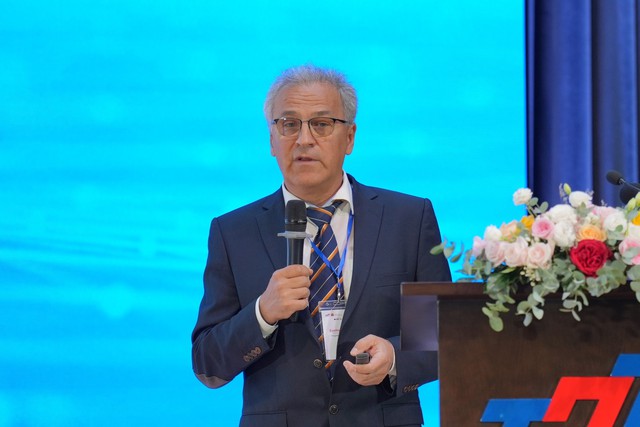
Professor Costin Badica, Director of the "Constantin Belea" Doctoral Training School at the University of Craiova (Romania), presented a paper at the conference.
PHOTO: NGOC LONG
On July 23, Ton Duc Thang University in Tan Hung Ward (old District 7), Ho Chi Minh City, in collaboration with Wroclaw University of Science and Technology (Poland) and Chungbuk National University (Korea), co-organized the first international conference on intelligent computing in science and technology (ICCIES) with the theme "Innovations, advances and trends in computational intelligence in future science and technology".
Technology industry cuts, what to prepare?
Speaking to Thanh Nien on the sidelines of the event, Professor Costin Badica, Director of the "Constantin Belea" Doctoral Training School at the University of Craiova (Romania) and an alternate member of the Romanian Academy of Sciences and Technology, shared that AI (artificial intelligence) has created sudden changes in many aspects, including the labor market. "The demand for human resources in the technology industry is decreasing in both large and small businesses," he said.
As a practical proof, the Layoffs.fyi platform (USA) statistics that from the beginning of the year to July 22, there were 166 technology companies worldwide participating in the wave of layoffs with 80,150 employees losing their jobs, including multinational corporations such as Intel, Meta and Google. In 2023 and 2024, the number of layoffs was 264,220 and 152,922 respectively. In which, a prominent reason for the cut was pointed out that AI could replace some job positions, according to CNBC .
However, this does not mean that students have to face unemployment after graduation. According to Professor Costin Badica, to improve their competitiveness, students need to focus more on the basics, thereby understanding the problem and being able to express themselves clearly. At the same time, students need to understand and learn how to work with AI, as well as be more creative in their work when complex things can now be automated.
"Everything will be fine, as long as we learn to adapt," he stressed.
As for university education institutions, Professor Costin Badica said that while in the past schools often focused on teaching fundamental knowledge and very specialized techniques, now they must also train students to know how to use AI. This does not only apply to IT engineers, but even when working outside the technology field, "you also need to be trained to know how to use AI," he said.
"This is very important because many units still do not educate AI in the training program. In addition, schools also need to have a policy on the use of AI. It will be a big problem if there is not one, because then we have no basis to determine whether students are cheating or being creative. The boundary between these two is not clear. Besides, lecturers also need to be educated about AI, not just students," shared Professor Costin Badica.

Delegates attending the workshop
PHOTO: NGOC LONG
AI cannot replace labor yet
Sharing the same view on focusing on basic training, Professor Huynh Van Nam, working at the Graduate School of Advanced Science and Technology of the Japan Advanced Institute of Science and Technology (JAIST), and Editor-in-Chief of the International Journal of Knowledge and System Science (IJKSS), gave an example that in the semiconductor industry, one must be equipped with sufficient knowledge of physics and electronics, while in computer science and AI, one must have a foundation in mathematics and logical thinking to handle problems.
In practice, schools need to avoid copying stereotypes and design programs based on current technology trends and available facilities, so that students can adapt to work immediately upon graduation without needing retraining from businesses.
Sharing more about the demand for labor market in the technology industry in the current context, Professor Huynh Van Nam appeared quite optimistic. According to him, although AI can be used to increase labor productivity by supplementing work, the results it has achieved so far are not completely accurate. Therefore, businesses still need human skills and knowledge to operate AI effectively.
"I believe students do not need to worry too much about the labor market as long as they are trained in the basic skills necessary to adapt and know how to use AI effectively for work. The demand for human resources is not too pessimistic," said Professor Huynh Van Nam.
One of the bright spots is that in September 2024, the Government approved the Semiconductor Industry Human Resources Development Program to 2030, with a vision to 2050, which sets a target that by 2030, training facilities will have at least 50,000 employees with university degrees or higher. According to data from the former Ministry of Information and Communications, the domestic semiconductor industry needs 10,000 engineers each year, but the current human resources meet less than 20%.

Dr. Vo Hoang Duy, Vice President of Ton Duc Thang University, delivered the opening speech.
PHOTO: NGOC LONG
Dr. Vo Hoang Duy, Vice President of Ton Duc Thang University, informed that ICCIES 2025 has received more than 200 papers from authors in 36 countries, of which 115 papers have been selected for publication in 4 volumes of the conference proceedings. These proceedings will be published by Springer in the Communications in Computer and Information Sciences (CCIS) series indexed by Scopus. The conference continues until July 25.
Source: https://thanhnien.vn/hoc-nganh-cong-nghe-thoi-diem-nay-can-biet-gi-de-co-viec-lam-185250724105841551.htm



![[Photo] Bustling Mid-Autumn Festival at the Museum of Ethnology](https://vphoto.vietnam.vn/thumb/1200x675/vietnam/resource/IMAGE/2025/10/4/da8d5927734d4ca58e3eced14bc435a3)
![[Photo] Solemn opening of the 8th Congress of the Central Public Security Party Committee, term 2025-2030](https://vphoto.vietnam.vn/thumb/1200x675/vietnam/resource/IMAGE/2025/10/4/f3b00fb779f44979809441a4dac5c7df)





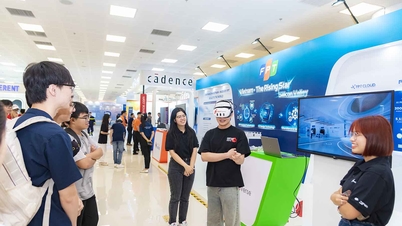





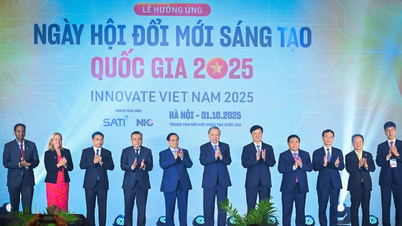
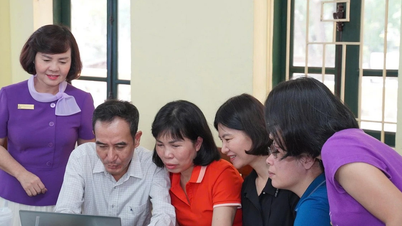

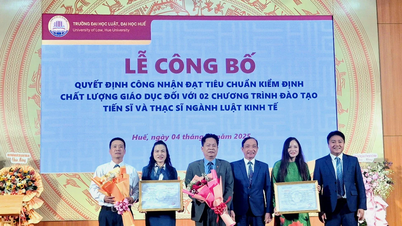


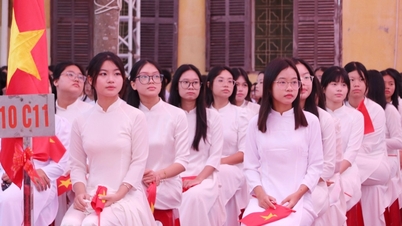

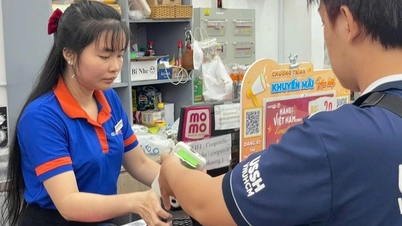







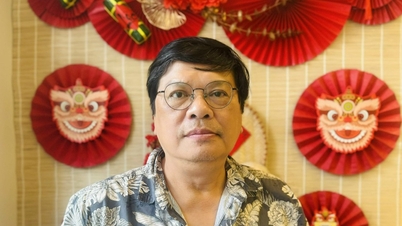





![[Photo] General Secretary To Lam attends the 8th Congress of the Central Public Security Party Committee](https://vphoto.vietnam.vn/thumb/1200x675/vietnam/resource/IMAGE/2025/10/4/79fadf490f674dc483794f2d955f6045)
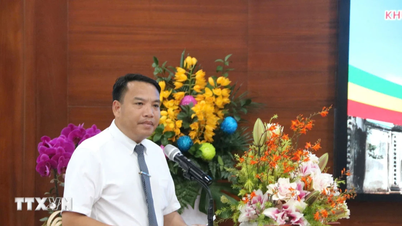

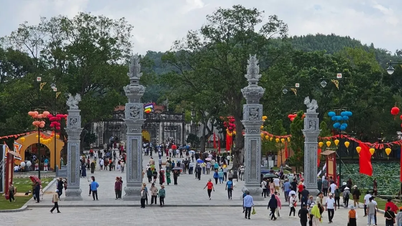



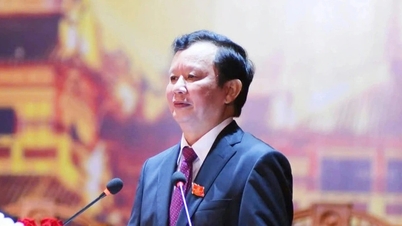
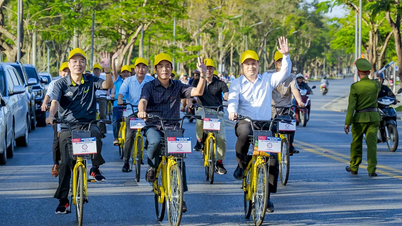



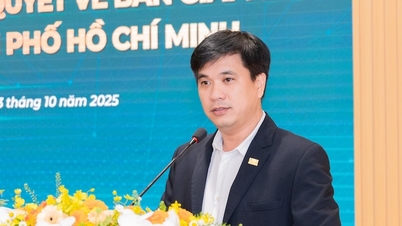

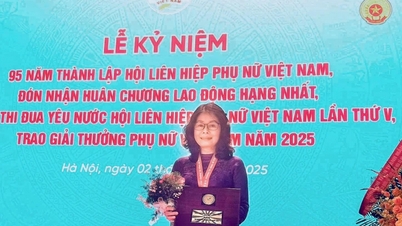



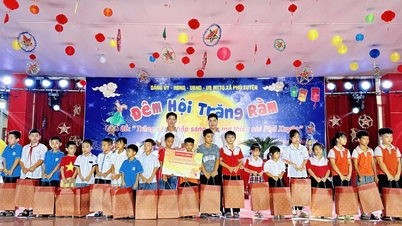

![[VIDEO] Summary of Petrovietnam's 50th Anniversary Ceremony](https://vphoto.vietnam.vn/thumb/402x226/vietnam/resource/IMAGE/2025/10/4/abe133bdb8114793a16d4fe3e5bd0f12)
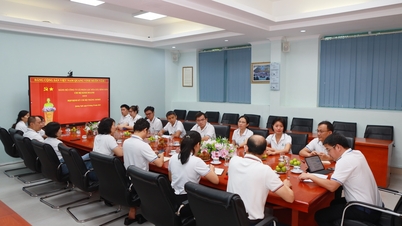
![[VIDEO] GENERAL SECRETARY TO LAM AWARDS PETROVIETNAM 8 GOLDEN WORDS: "PIONEER - EXCELLENT - SUSTAINABLE - GLOBAL"](https://vphoto.vietnam.vn/thumb/402x226/vietnam/resource/IMAGE/2025/7/23/c2fdb48863e846cfa9fb8e6ea9cf44e7)
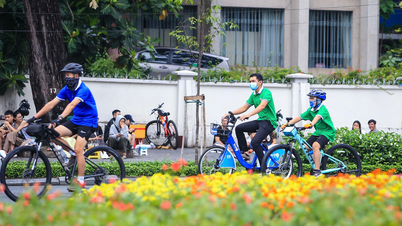




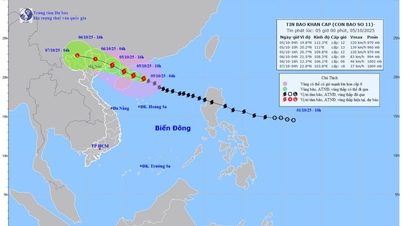


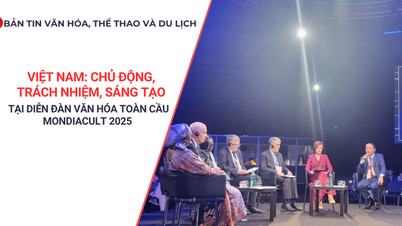




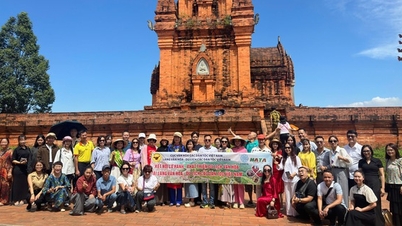
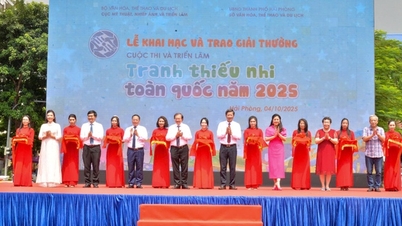


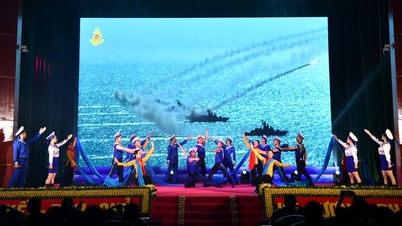



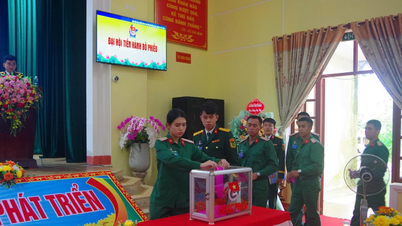
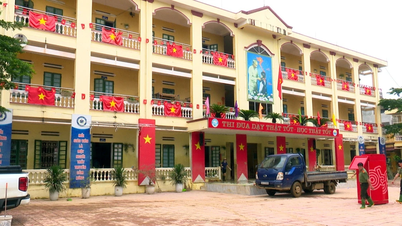

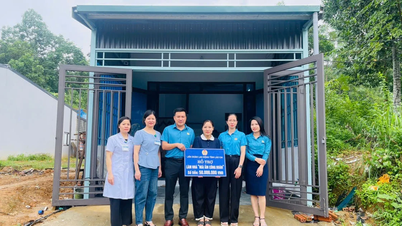
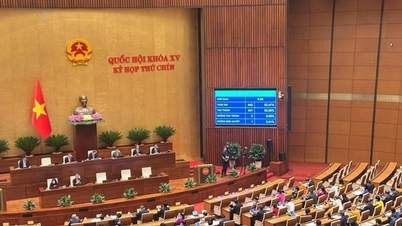





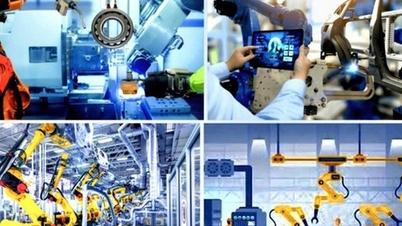





Comment (0)